The 80th anniversary of the August Revolution and National Day September 2nd is an occasion to commemorate those who have devoted their intelligence and lives to national independence. Among them, Major General, Professor, Academician Tran Dai Nghia, the first President of the Vietnam Union of Science and Technology Associations, is a special symbol. From a poor student in Vinh Long, he rose to master modern military knowledge, bringing it back to serve the resistance. His life and career are clear evidence of patriotism, intelligence and dedication to the Fatherland.
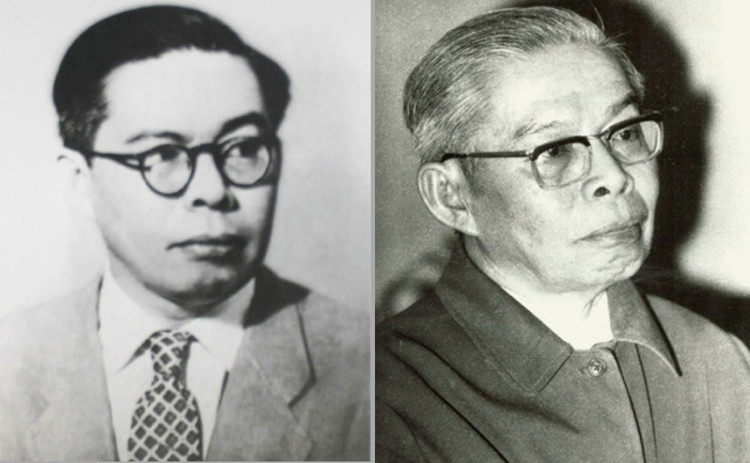
The journey to find a way for the nation to have its own weapons
Pham Quang Le (birth name of Major General, Professor, and Academician Tran Dai Nghia) was born in 1913 in Vinh Long , in a poor family. Since his youth, the student Le was troubled by the reality: our people were brave but always lacked weapons, and had to give in to the modern arsenal of the colonialists. From then on, an ambition was formed: to find a way for the nation to have its own weapons.
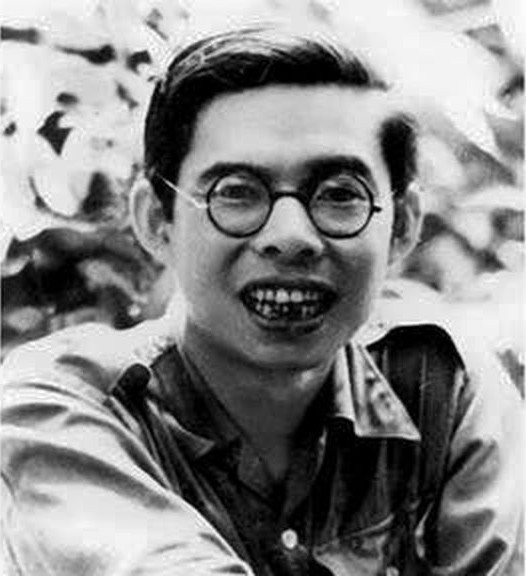
In 1933, at the age of 20, Pham Quang Le passed two “Baccalaureate” exams, a rare achievement. In 1935, he received a scholarship to study in France. In Paris, facing strict barriers for natives who wanted to study military engineering, Pham Quang Le chose the Paris School of Bridges and Roads. He cleverly borrowed books on explosives, mine blasting technology, and weapon design, quietly accumulating experience. When questioned, he gave the excuse that “my homeland is rugged and mountainous, I need to learn about explosives to open tunnels.”
Not stopping there, he obtained a bachelor's degree and an engineering degree from the Sorbonne, the School of Electricity, Mining, Polytechnic and the Academy of Aviation Engineering. At the same time, he studied German, Russian and English to read military documents.
In 1939, engineer Pham Quang Le worked at many civil aircraft manufacturers in France, with the goal not only of making a living but more importantly of accumulating practical experience in military engineering and defense technology. Working at the design offices opened up opportunities for him to access many valuable military scientific and technical documents.
At that time, civil aircraft manufacturers also took on the military sector, thanks to which he was exposed to detailed documents on artillery, machine guns, bombs, mines... During 11 years of persistent collecting and research, he accumulated more than 30,000 pages of documents, weighing a ton of books, including many documents classified as "top secret".
World War II created a practical environment for him to get in touch with the German defense industry. In 1942, he went to Germany to work at an aircraft factory and at the same time researched weapons manufacturing technology. That knowledge became valuable baggage when he decided to return to serve the Fatherland after the August Revolution.
Bazooka, SKZ, Flying Bomb: When the enemy's terror bears the name Tran Dai Nghia
In September 1945, the news of the country's independence ignited the desire to return to serve the Fatherland in the heart of the engineer living far away from home. He understood better than anyone: "To protect the independence of the nation, we must have a strong army, and to have a strong army, we must have strong weapons." With that determination, he followed President Ho Chi Minh back to Vietnam in 1946, and was given a new meaningful name by Uncle Ho: Tran Dai Nghia.

Upon returning home, he immediately embarked on the most urgent task: manufacturing weapons. Together with his colleagues at the Military Ordnance Department, with only the knowledge accumulated after 11 years abroad and extremely poor material conditions, he created miracles.
The first product that made a big splash was the Bazooka anti-tank gun. In November 1946, Engineer Tran Dai Nghia began research. The gun was successfully manufactured relatively quickly, but the bullet manufacturing was a difficult challenge.
The first bullets did not explode or exploded ineffectively. Undaunted, he personally checked and recalculated each parameter, and disassembled each bullet to check. Finally, he discovered the error in the processing of the bullet cone.
He requested reprocessing to ensure the thickness was only about one and a half millimeters. That correct decision brought success. The "made in Vietnam" Bazooka after repair met the requirements, with penetrating power equivalent to that of American bullets.

The first victory of the Vietnamese Bazooka went down in history on March 2, 1947. Three guns and 10 bullets were transferred to the Capital Regiment and burned two French colonial tanks at Tram Pagoda (former Ha Tay), breaking an enemy attack. From then on, the Bazooka became a multi-purpose weapon, not only destroying tanks but also used to destroy bunkers, shoot machine gun nests, causing fear to the enemy.
When the resistance war required more powerful weapons to destroy the enemy's fortified positions and outposts, Professor Tran Dai Nghia continued to research and created the recoilless rifle (SKZ). This is a new modern weapon that first appeared during the American landing on the Japanese island of Okinawa at the end of World War II.

The SKZ, created by him and his colleagues, was a light cannon, weighing only about 26kg, and could be disassembled for carrying, but its destructive power was extremely terrifying. Its 9kg warhead could penetrate concrete up to 60cm thick. The SKZ 60 first achieved outstanding results in the Le Hong Phong Campaign at the end of 1949, destroying the fortified French bunkers in Pho Rang and Pho Lu.
The obsession called SKZ was bitterly admitted by the French side in the writings of journalist Lucien Bodart, in the book "Indochina War" (1963): "What caused us difficulties, what penetrated 60cm thick concrete, were SKZ shells, which the Vietnamese made in the mountain caves of Indochina. Just a few were enough to destroy our watchtowers".

Not stopping there, Professor Tran Dai Nghia also dreamed of creating a weapon with even more thunderous power, inspired by Germany's V1 and V2 rockets. In 1948, the "flying bomb" was born. The biggest challenge was how to push the explosives weighing tens of kilograms several kilometers away.
By pressing layers of propellant into steel tubes, he succeeded. In early 1949, a test firing terrified the French colonialists in Hanoi when the shell flew across the Red River and landed right at their command center in Bac Co. Although the material damage was not great, the psychological impact of the "flying bomb" was extremely heavy.
The man who devoted his life to Dai Nghia: "My mission is complete"
The weapon inventions with the brand name "made by Tran Dai Nghia" have surprised and impressed the international military community. General Vo Nguyen Giap and the Vietnamese people affectionately called him "The Buddha who makes guns", "The King of weapons". These titles not only recognized his outstanding talent but also showed respect and love for a scientist who devoted his whole life to the cause of national liberation.
Senior Lieutenant General Pham Hoai Nam, Deputy Minister of National Defense, affirmed: “The contributions and virtues of Major General, Professor, Academician Tran Dai Nghia to the military engineering and defense industry of the country are a source of pride for the nation”. With his talent, profound intelligence and a passionate patriotic heart, he has gathered many generations of scientists and engineers, together creating legendary weapons, contributing significantly to the glorious victories of the nation.
After the country's reunification, in his diary, the general-professor wrote these lines: "On April 30, 1975, my mission was completed, because my ambition as a child, my mission was very simple, to participate in the science and technology of weapons in the revolutionary armed struggle to liberate the country, and now the country has been liberated, I do not want anything more, because a lifetime cannot do more."
That saying sums up his whole personality: a great intellectual, an outstanding scientist but always modest, considering his career closely linked to the mission of national liberation. His life is a strong testament to the truth: True patriotism when combined with high intelligence will create extraordinary strength. He lived a life fully devoted to "Dai Nghia" - as the name that Uncle Ho gave him.
Professor, Academician, Major General Tran Dai Nghia was the first Director of Hanoi University of Science and Technology, and held many important positions in the fields of science, technology and state management. He was promoted to Major General in 1948, received the Ho Chi Minh Medal and the title of Hero of Labor in 1952, was elected as an Academician of the Academy of Sciences of the Soviet Union in 1966, and was awarded the Ho Chi Minh Prize, Phase I, in 1996 for his work in manufacturing bazookas, SKZs, and flying bombs. He passed away on August 9, 1997 in Ho Chi Minh City, at the age of 84.
Source: https://khoahocdoisong.vn/gsvs-tran-dai-nghia-huyen-thoai-vua-vu-khi-va-trai-tim-vi-dai-nghia-post2149048187.html



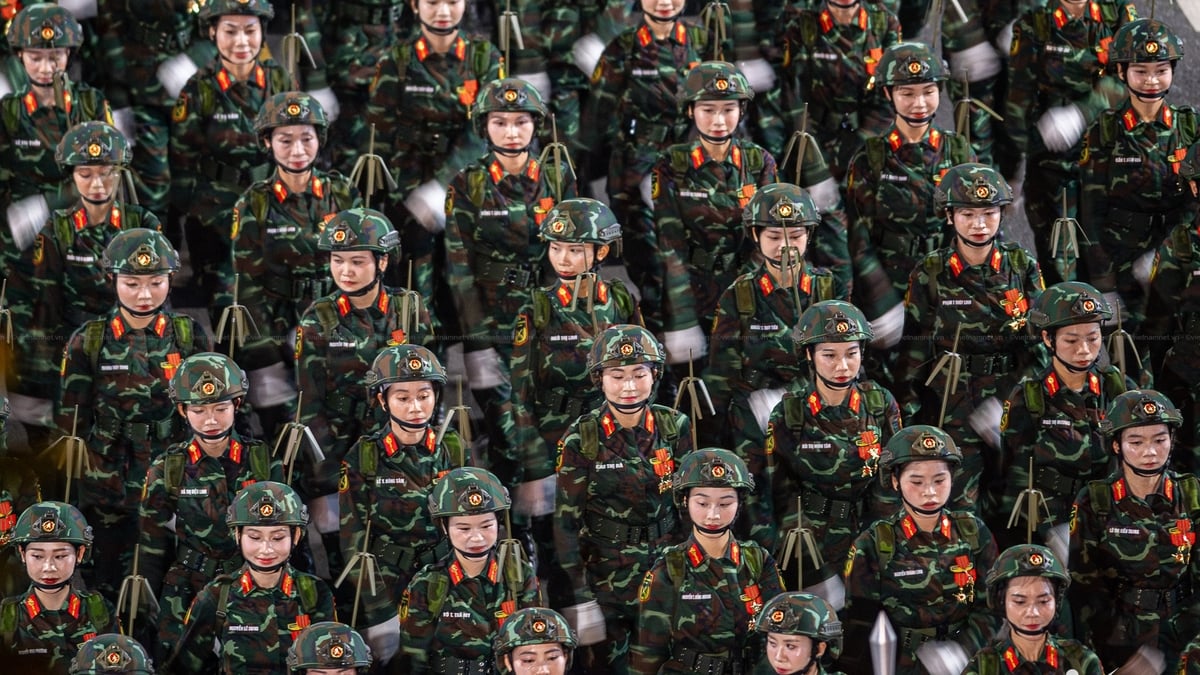
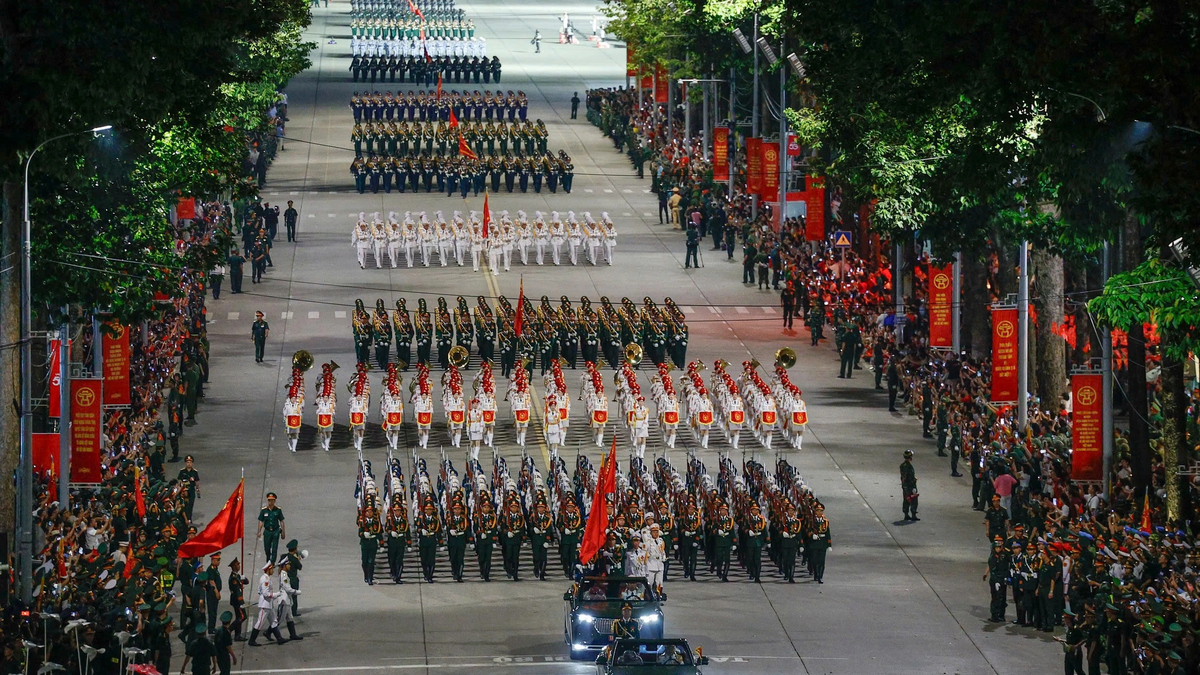
![[Photo] Exhibition “80 years of journey of Independence-Freedom-Happiness”: An inspirational meeting place for the young generation](https://vphoto.vietnam.vn/thumb/1200x675/vietnam/resource/IMAGE/2025/8/26/2aaef59beb604923b0f848f5c6311dbd)
![[Photo] General Secretary To Lam attends the 80th anniversary of Vietnam's diplomacy](https://vphoto.vietnam.vn/thumb/1200x675/vietnam/resource/IMAGE/2025/8/25/3dc715efdbf74937b6fe8072bac5cb30)
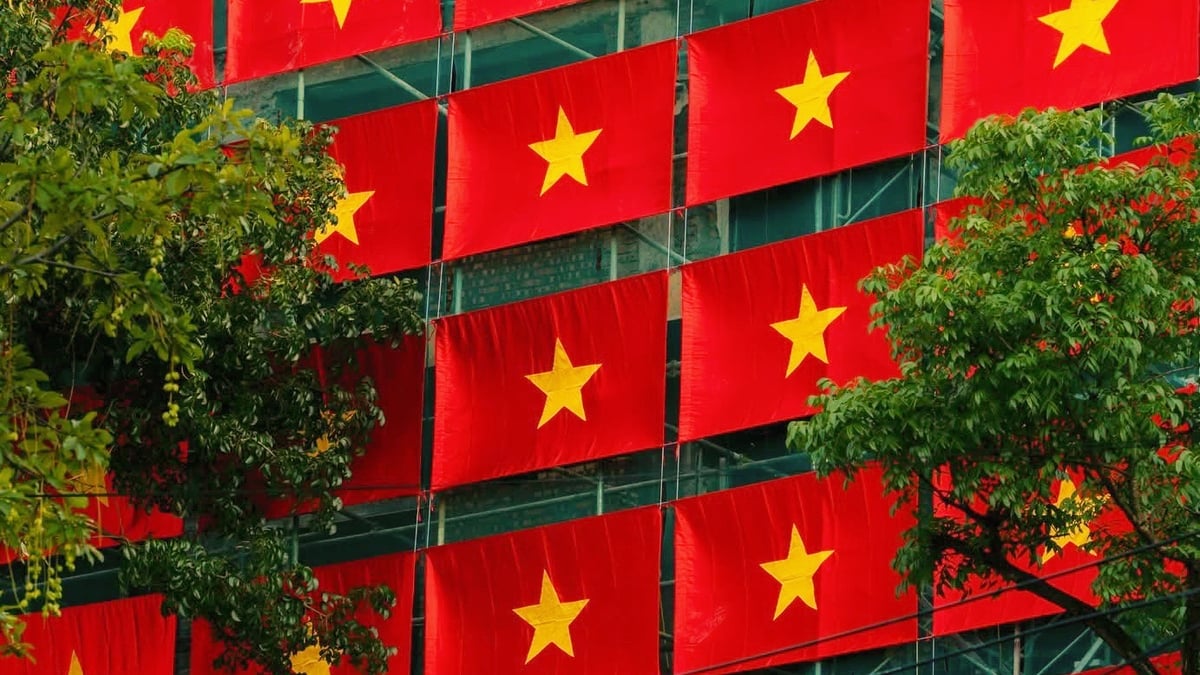
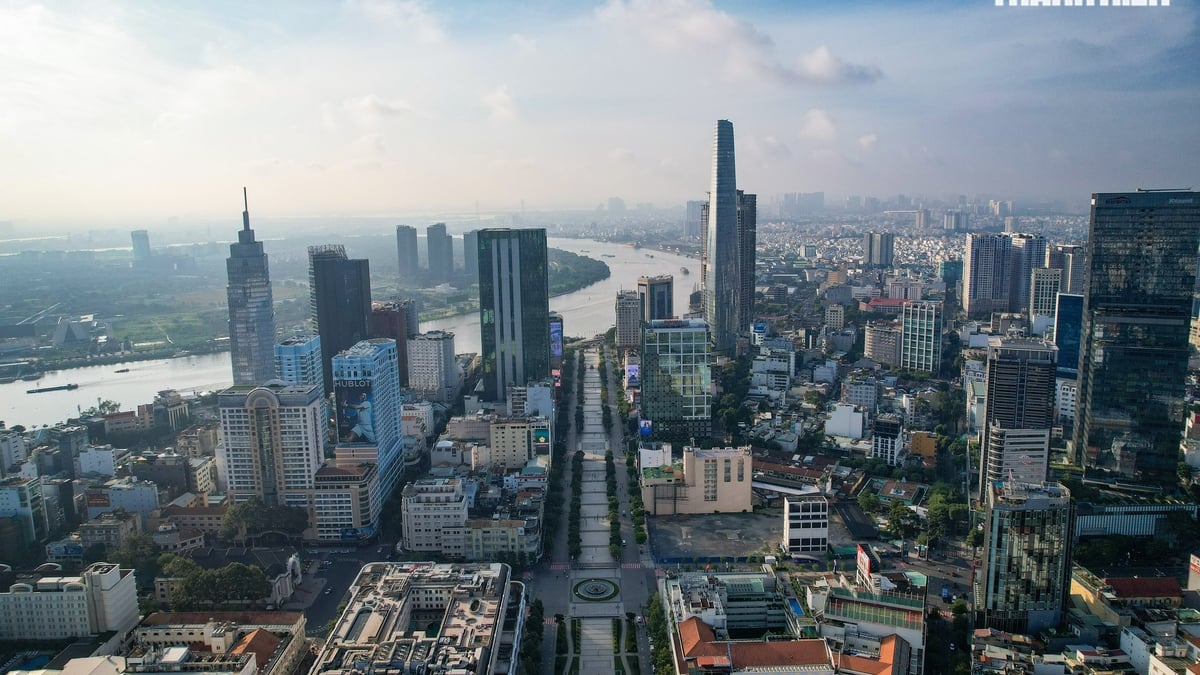
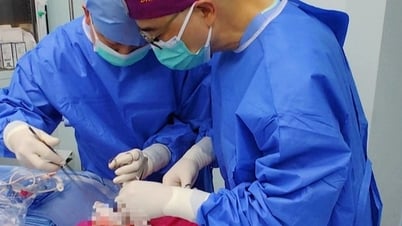

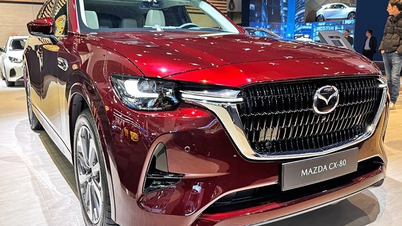
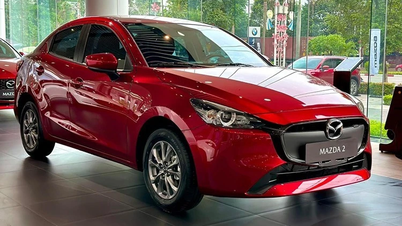

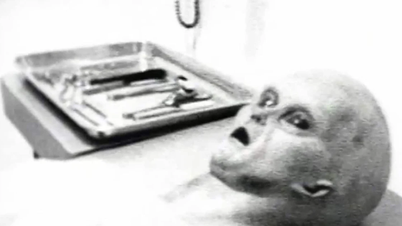
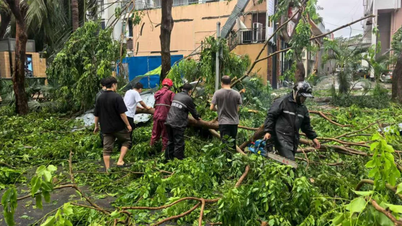







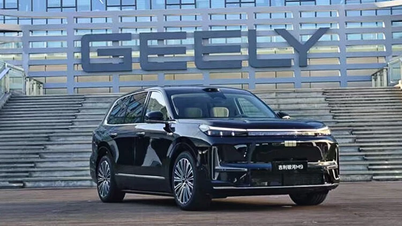
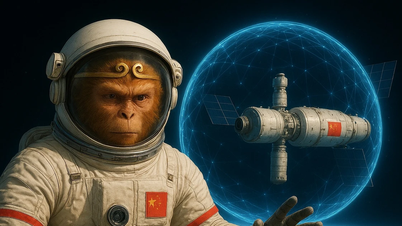

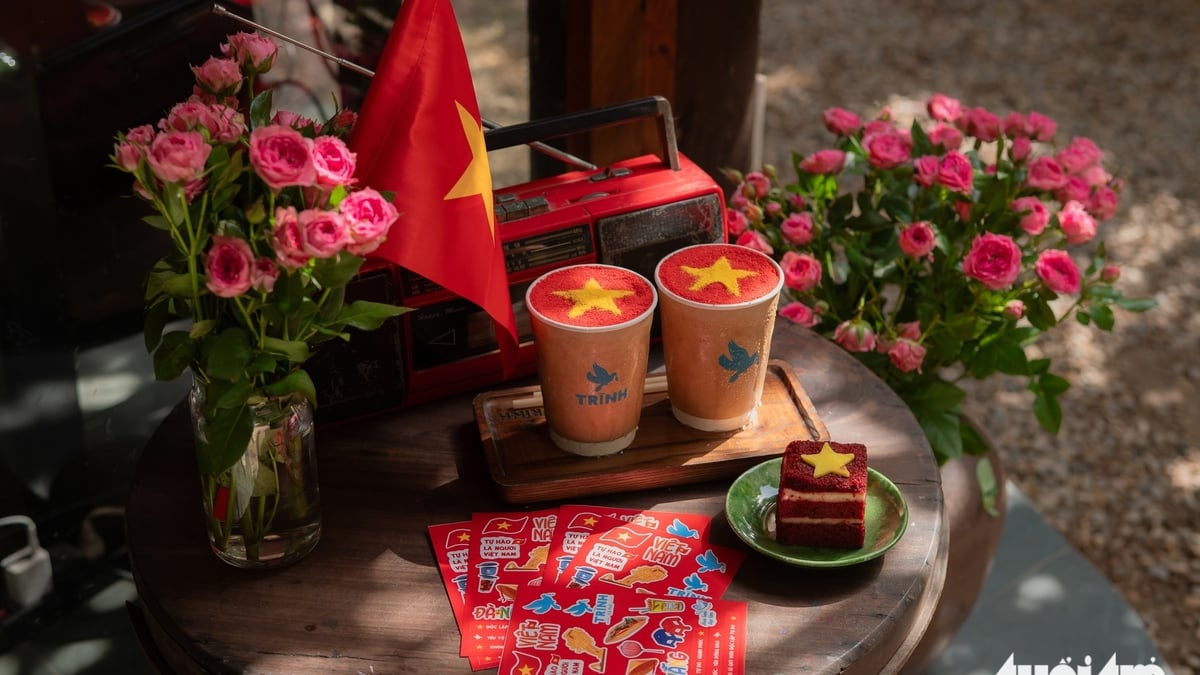

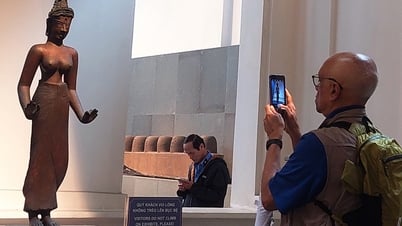





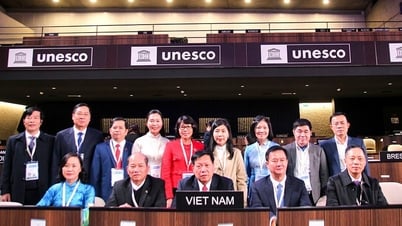

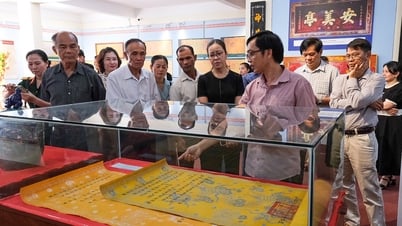

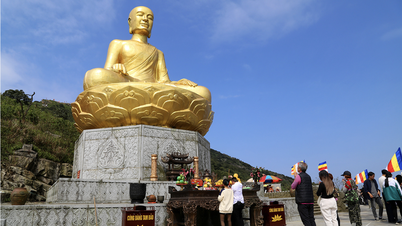

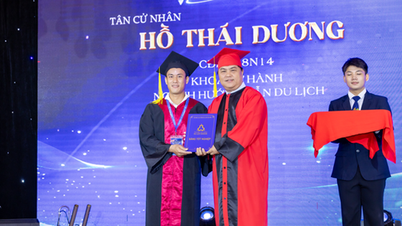




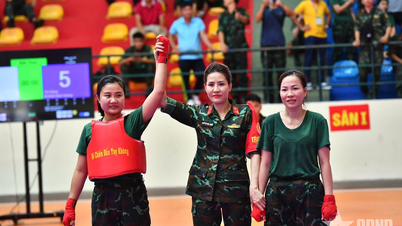

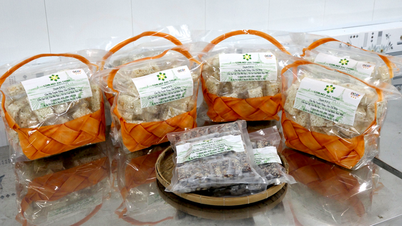

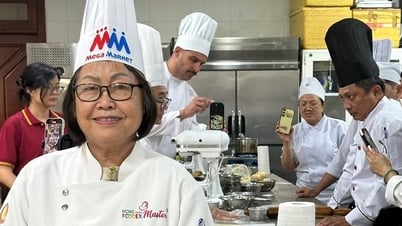
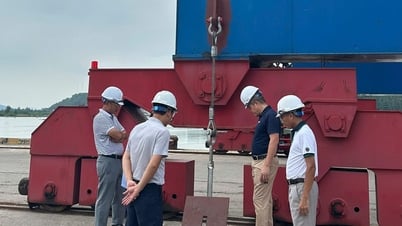


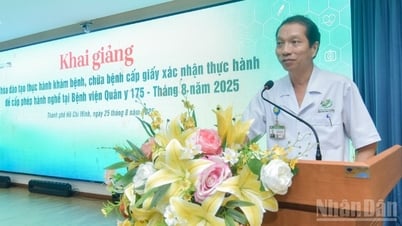

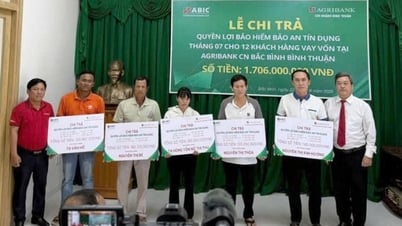


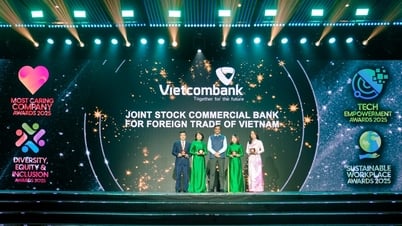
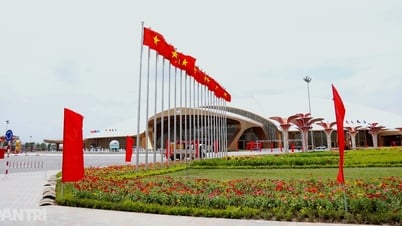
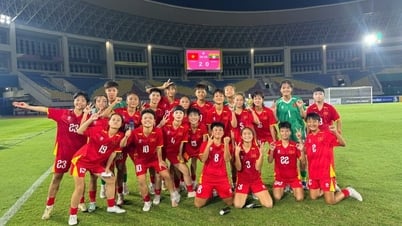

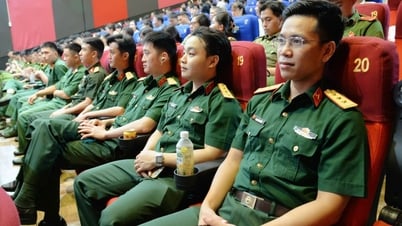

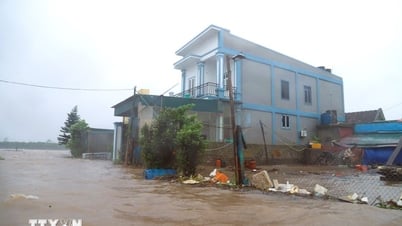

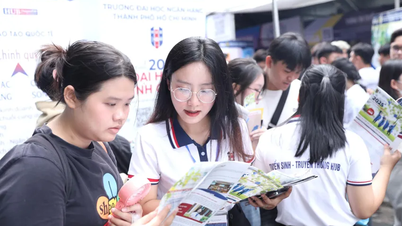


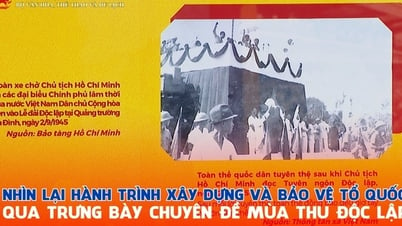

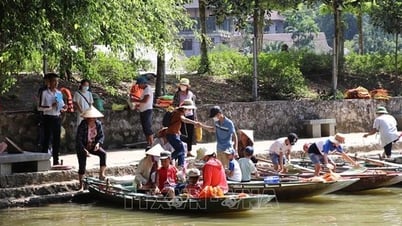
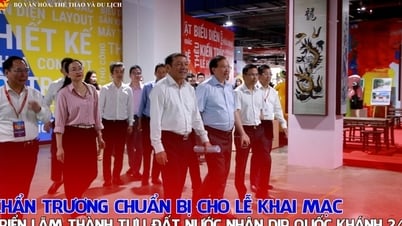
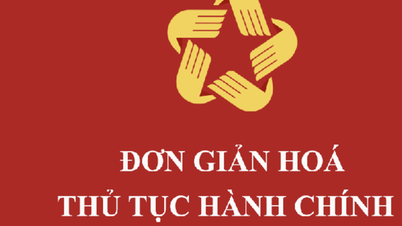
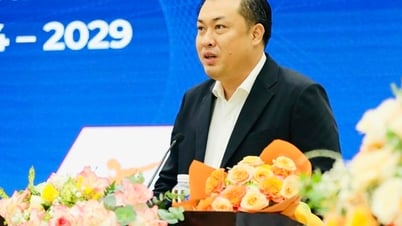
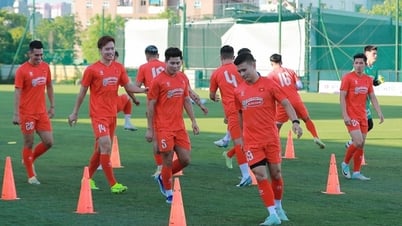








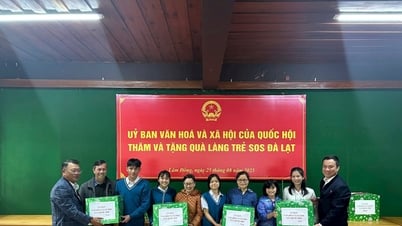



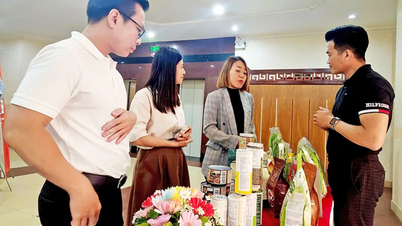

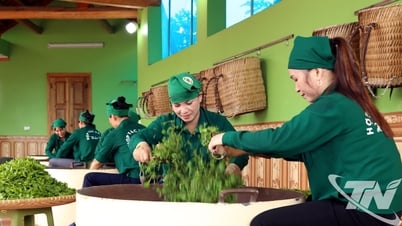





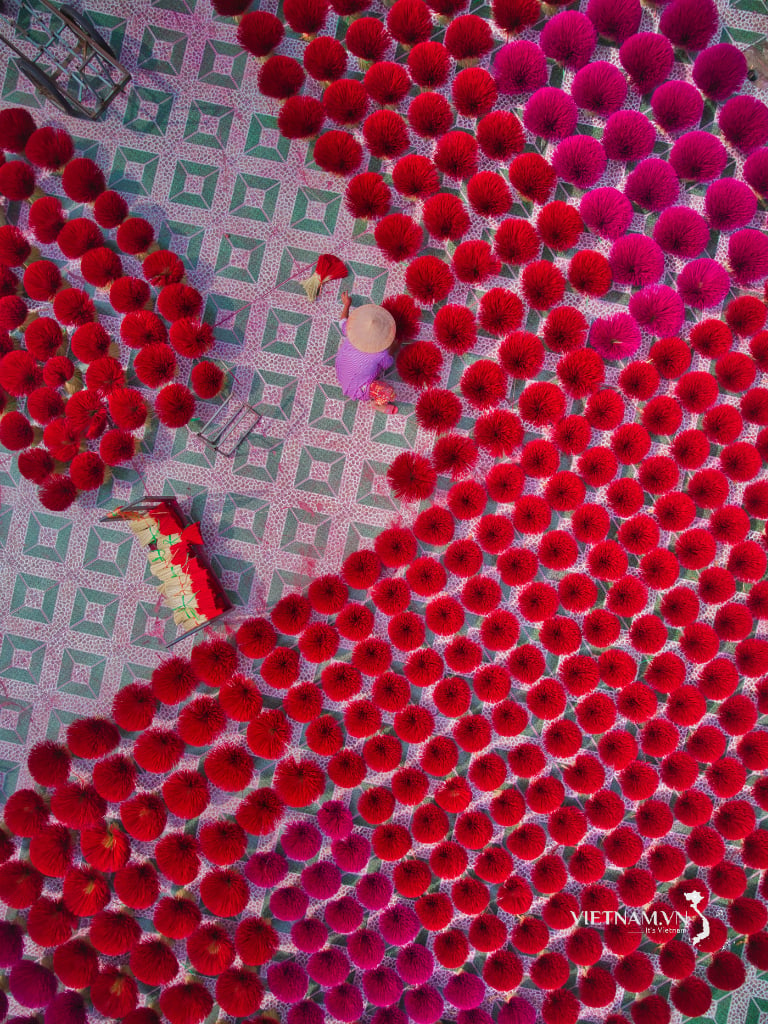
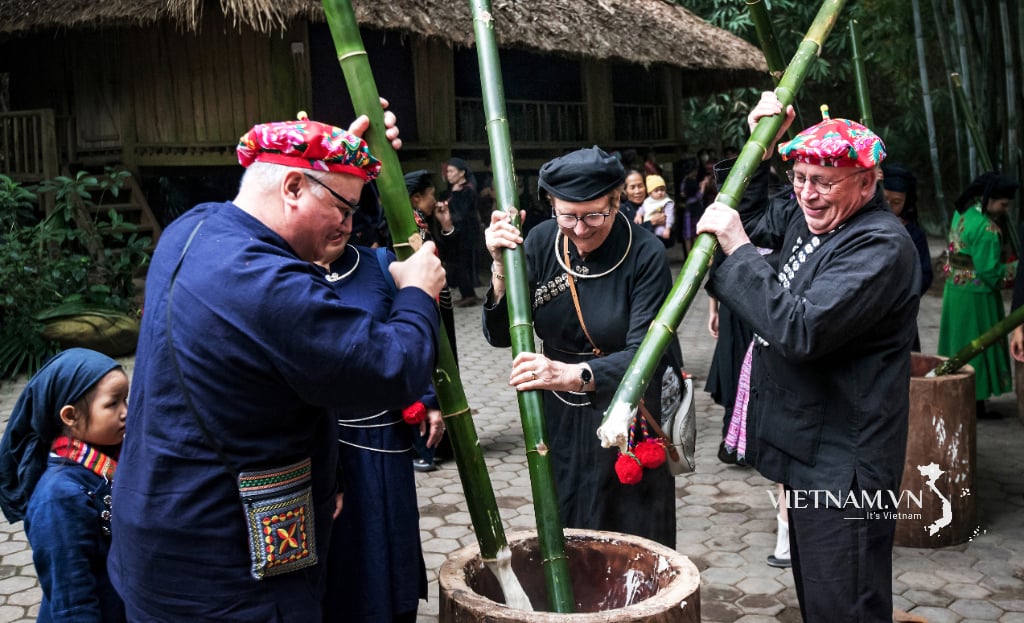
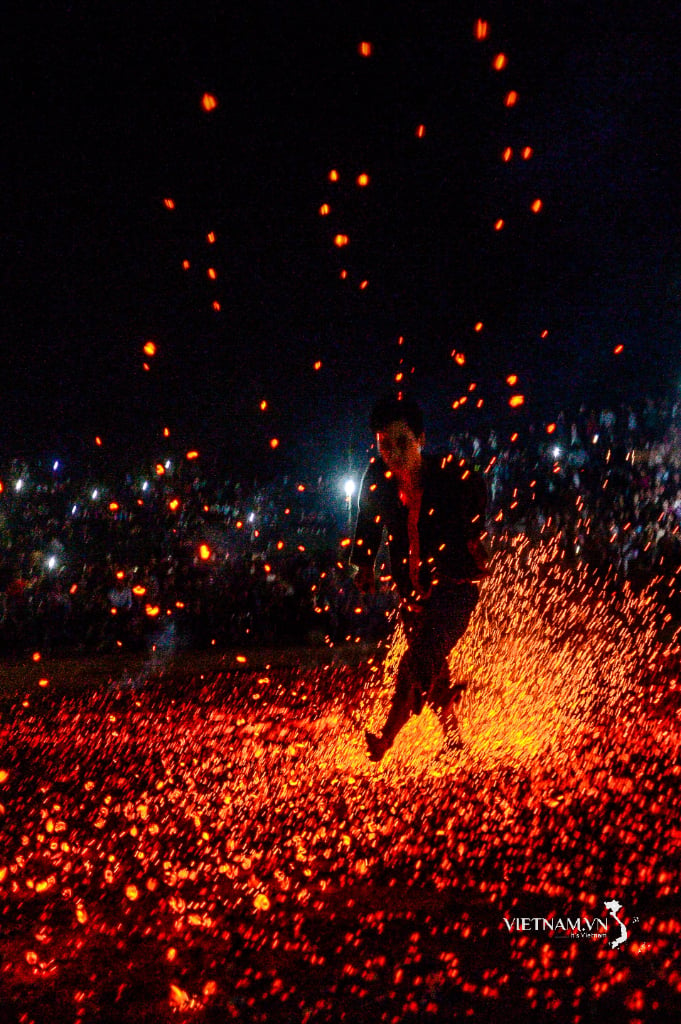

Comment (0)